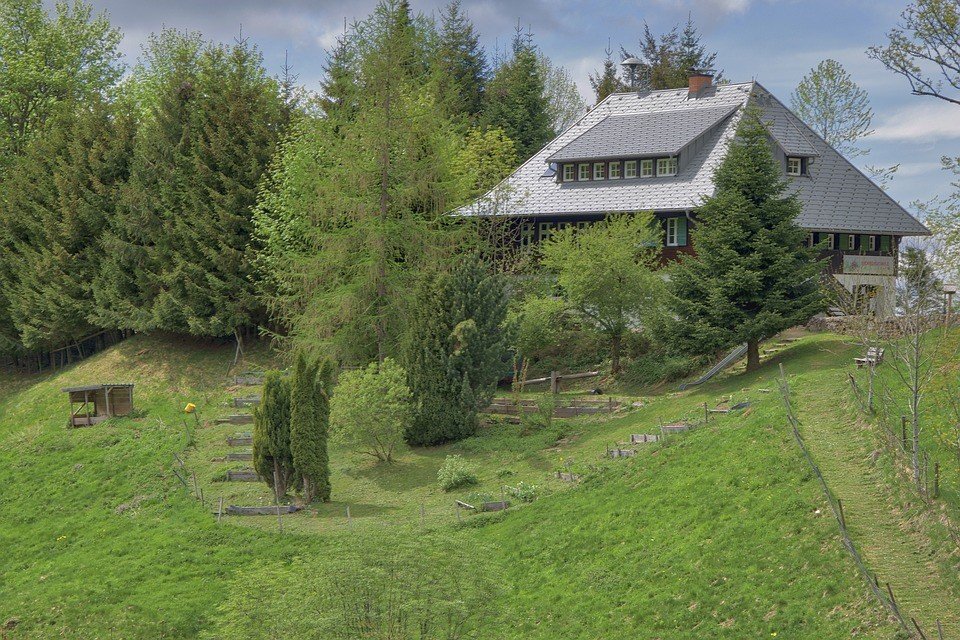While the easiest type of surface to build on is perfectly flat, residential lots can run in all directions. Some feature gentle downward slopes that run into the backyard or even have steep inclines that make the construction of driveways tricky. Regardless of the style of home you want on your lot, it is possible to find a set of blueprints that will work. Here is how to select a home plan as well as a layout that will work within your sloped lot.
Measuring the Incline of Your Sloped Lot
There are the types of sloped lots that give you a real workout just by walking around. Other sloped lots feature slight and gentle inclines that are subtle and seemingly inconsequential. Some home plans will feature more open floor plans and windows so that natural sunlight can flood the house. A sloped lot will also drain well, enabling homeowners to build beautiful terraces and enchanting gardens. Ultimately, you need to know the angle of your lot’s slope so you can see what can be done. Some yards with lesser slopes can still include pools, ponds, and fountains.
Thinking of Style
There are ranches, Victorian houses, bungalows, and minimalist-style modern homes that are regularly built on sloped lots. In general, sloped lot home plans offer home builders the opportunity to take full advantage of the scenery as well as the architecture. There are styles of homes that look great on sloped lots. Think of tall, multi-level structures that tower high in the air atop a hilly lot. You will be able to see your home as you approach from a distance. The style element of the home plan chosen for your sloped lot is important, as it will enhance everything about your home.
Considering Retaining Walls, Easements, and Runoff
Building on a piece of land that has inclines, slopes, and otherwise varied terrain can make the project challenging. An engineer might need to ensure that water runoff will drain properly so that the foundation does not become compromised after some time. Retaining walls are of particular importance for homes build on sloped lots near water, cliffs, and steep hills. Local zoning ordinances may require an easement and further inspection before your new home can be fully built. These extra needs might make home construction more expensive and time-consuming, but they also make it so your dream home remains stable for generations to come.
Whenever a new residential construction project begins, a complete plan has to be made. Whether the home is to have a full finished basement or a simple crawlspace, all new homes require a solid foundation. Building on a lot that features any kind of slope means that there will a bit of extra work. Different materials might be needed to help with drainage. Trees and other plants might need to be planted in certain positions to help keep soil from eroding. So yes, building on a sloped lot is unlike constructing a home on flat land. However, the style, look, and satisfaction you will get from having a home on this kind of lot is also like no other.

